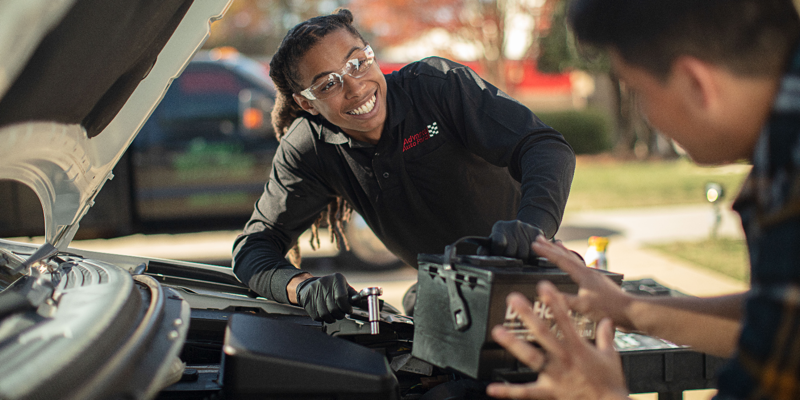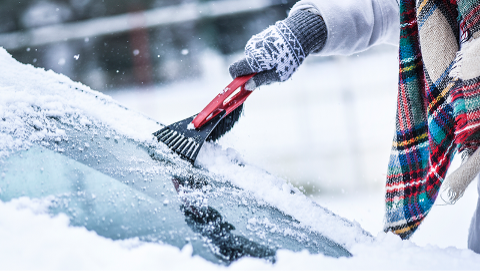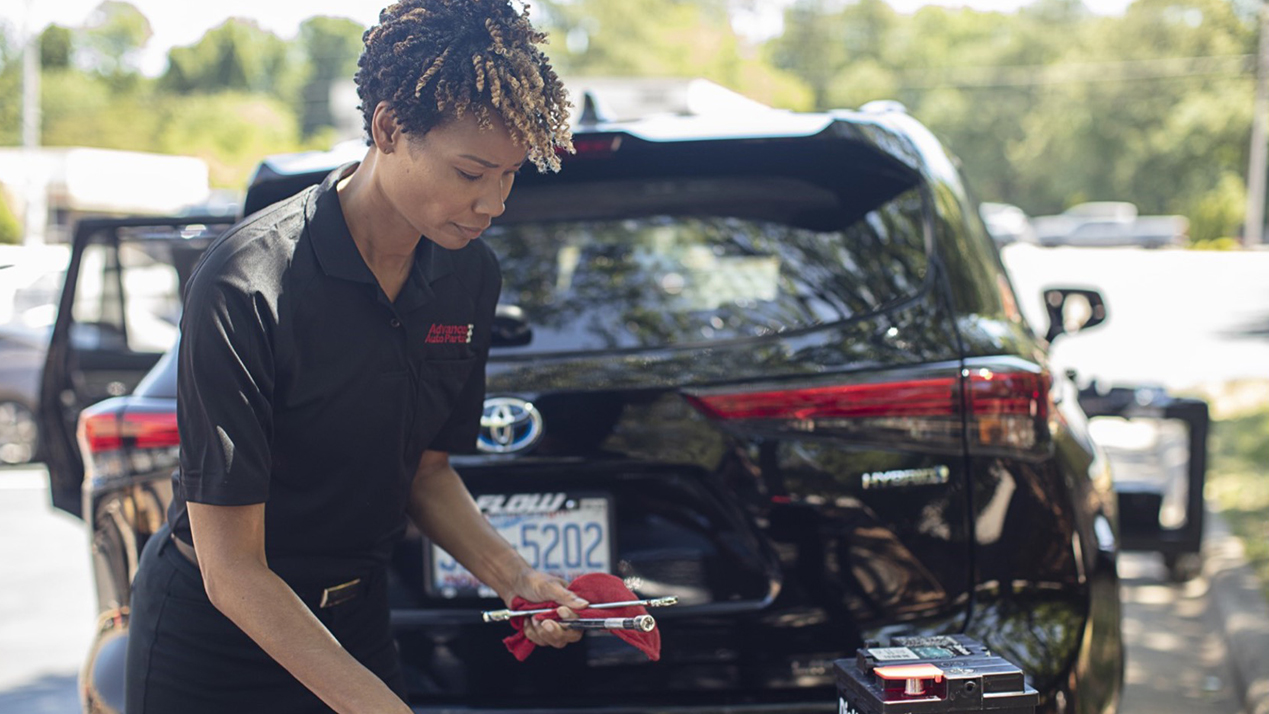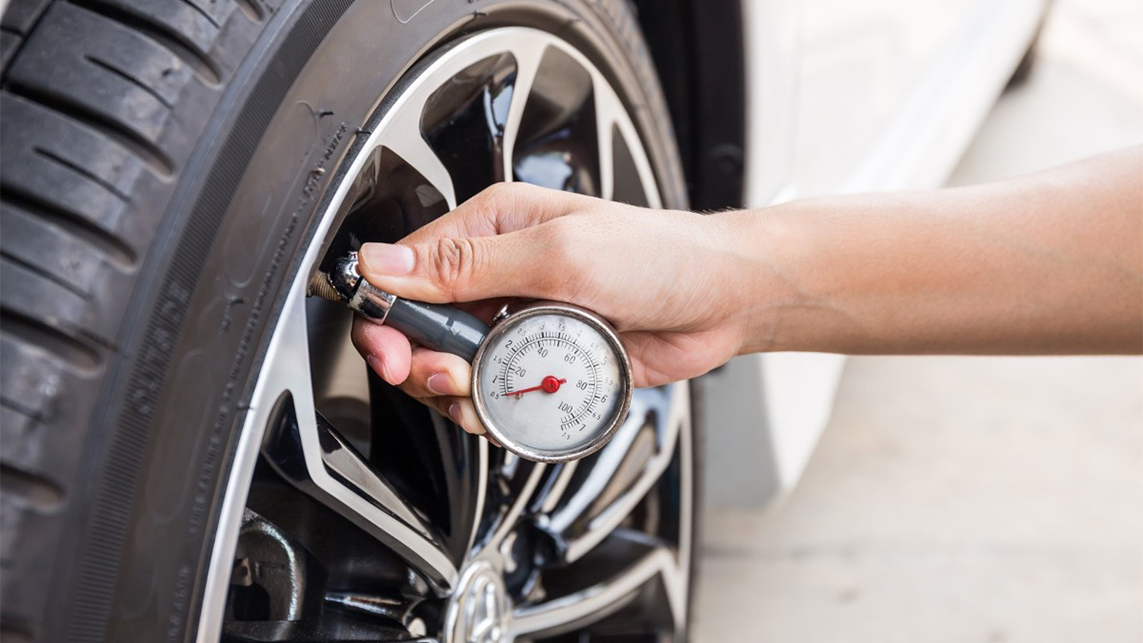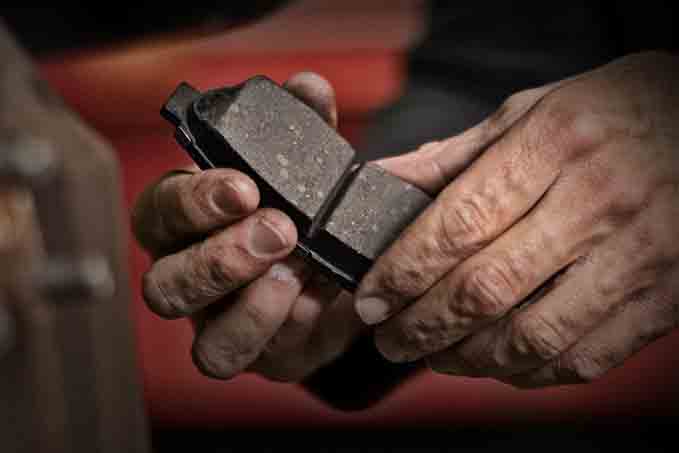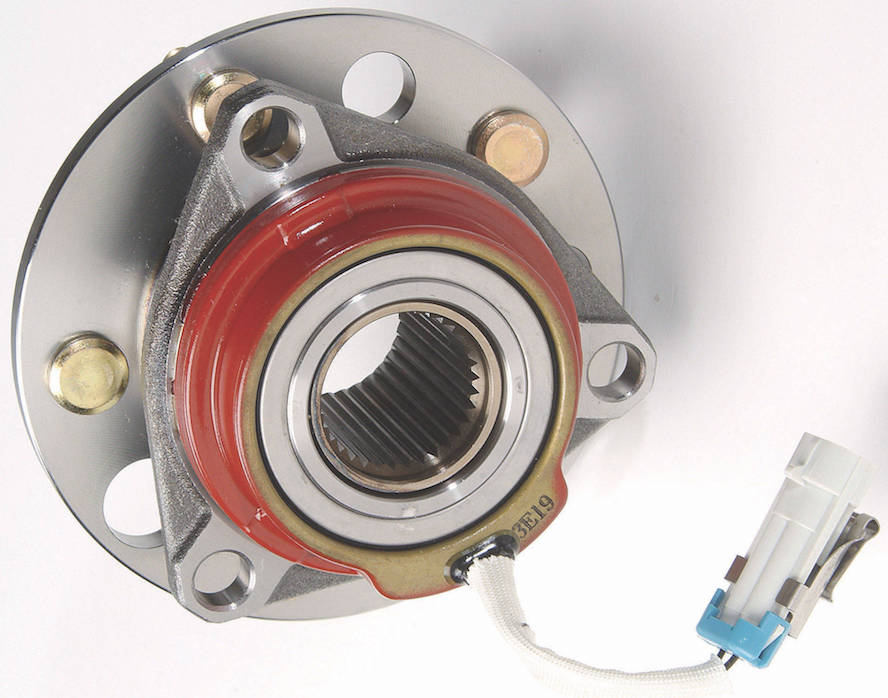
To paraphrase comedian Rodney Dangerfield, it’s tough being a hub assembly or wheel bearing. Their more famous cousins—the brakes, the batteries, the struts and shocks—get lots of fuss and attention. Meanwhile, the non-glamorous bearings work hard, day after day, repeating the same dreary job over and over again, with little recognition.
But when those drudgery cousins finally get worn out, you’ll probably know it. They’ll squeak; they’ll grind; they’ll growl; they’ll whine and moan. Besides that, they may not hang on tightly to your tires any more, perhaps even letting go completely and/or causing a loss of steering control. That goes beyond annoyance and becomes a significant safety issue.
Why you should maintain hub assemblies and wheel bearings
First, there's a couple of things to know about this process. Prior to about 1997, most vehicles were equipped with inner and outer wheel bearings, both of which will need to be replaced. Front-wheel-drive vehicles usually have sealed wheel bearing assemblies that are tougher to service, may require disassembly of some drivetrain components, and you will need to press in the new bearing into the hub, meaning it's easier to leave this type to professionals.
Located between the brake drums/discs and the drive axle, the hub assembly is mounted to the holding bracket of the chassis on the axle side. On the drum/disc side, the wheel is connected to the hub assembly via bolts. The wheel bearing itself is inside the hub unit.
These low-maintenance parts must take on the load of the vehicle, whether it’s in motion or standing still. Their importance rises even more when you’re driving over potholes and other rough patches. And, even though they are low maintenance, these wheel bearings certainly aren’t no maintenance.
Your goal is to minimize the amount of friction generated by the wheel bearing. This can be accomplished by the use of quality grease specifically intended for high temperatures. Be careful not to overdo how much grease you apply, though, as this can result in overheating because of friction that can’t appropriately be dissipated. With repeated overheating incidents, damage can occur.
And, even though proper application of grease will help these parts last longer, they will eventually need to be replaced. Typically, you should check and maintain your wheel bearings every 25,000 to 30,000 miles. An average sealed wheel bearing lasts 85,000 to 100,000 miles although some can last as long as 150,000 miles.
A note about gas mileage: If you surf around online auto forums, you’ll find conversations about whether or not bad hub assemblies and/or wheel bearings can have a negative effect on gas mileage. As on many car-related topics, there isn’t clear consensus, with some commenters noticing an improvement after hub assembly/wheel bearing repair.
Diagnosing a potential problem—use your senses
Diagnosing car troubles by sound alone is an inexact science, but you should not ignore new or unusual car noises. According to an often-quoted study from Braxton Research, 51% of wheel bearing problems are found because of noise (24% are found during a brake job and 19% during an alignment).
Having said that, although noises from bad hub assemblies and/or wheel bearings come from the area of your wheels, not all strange sounds from the area of your wheels is assembly- or bearing-related. They could indicate a problem with your brakes or CV joints. And if the noise comes and goes with the application of your brakes, the problem is more likely brake-related.
Still, be sure to check your hub assembly and wheel bearings if you hear:
- Clicking, rumbling or groaning noise, especially when turning (this is different from the ratcheting noise heard when a front-wheel-drive vehicle's CV joints are about to fail)
- Grinding noise when turning or rolling straight, which can indicate mechanical damage to the bearings' rollers or races
- Wheel vibration or wobble
- Steering wheel shimmy or shudder
- Abnormal tire wear
- Damage or failure of ABS components, which can result from excessive end-play in a wheel
If you ever sense a vibration from your wheels or your wheels “wobble,” be sure to check your hub assembly and wheel bearings.
Confirming and fixing the issue
Jack up the car into the air and spin the wheel by hand. Can you feel any roughness or excessive drag? If so, you may have a bad wheel bearing. Check your car manual to see the maximum amount of movement that can be considered acceptable.
If you’re unsure whether or not there is too much movement, it’s better to be safe than sorry. You should replace your hub assembly and wheel bearings. Here's how to replace wheel bearings. Even if only one side is bad, it makes sense to replace them in pairs. The “good” side is likely to cause problems in a relatively short time.
Also, after driving the car, you can check the temperature of the hub assembly. Typically, a hub assembly that is worn out will be hotter than the other hub assemblies on the vehicle. This is due to excessive drag produced by the worn out bearings.
Don't forget the wheel speed sensor
Vehicles with antilock brakes may have a speed sensor built into the hub assembly. The sensor ring may move about as it rotates if there is a worn wheel bearing, which may trigger the appearance of an ABS warning light. Use a scanning tool that accesses your ABS to diagnose.
Meanwhile internal corrosion within the wheel assembly can send up a false alarm of worn parts. If your vehicle has a removable sensor, then simply remove and clean it. then add a zinc corrosion inhibitor to the hub before replacing. If the sensor is not removable, then the entire hub assembly will need to be replaced.
What to look for when buying or replacing bearings
- Beware of cheap bearings constructed of low quality steel with poor heat-treating. These tend to fail prematurely. Bearings should only need to be replaced once during typical car ownership.
- Cheaper hub assemblies might include bearings that are smaller than OEM, which is another factor that could lead to early part failure. Still other cheaper parts contain double ball bearings rather than one stronger bearing. If possible, avoid these choices.
- Note that manufacturers recommend a torque wrench rather than an impact wrench when installing. That’s because an impact wrench can damage axle nut threads and CV joints. Plus, the impact wrench can prevent proper torquing of nuts and bolts.
- Always consult your owner’s manual first. Follow the manufacturer’s recommendations to make sure you don't void any warranties.
Pro Tip: Avoid being penny smart and pound foolish. Replace axle nuts rather than attempting to reuse them. Also, invest in quality seal drivers to ensure a quality seal and therefore protect new wheel bearings.
Have you replaced the wheel hub assemblies and wheel bearings on your vehicle lately? Share your tips and experience with others in the comments.




